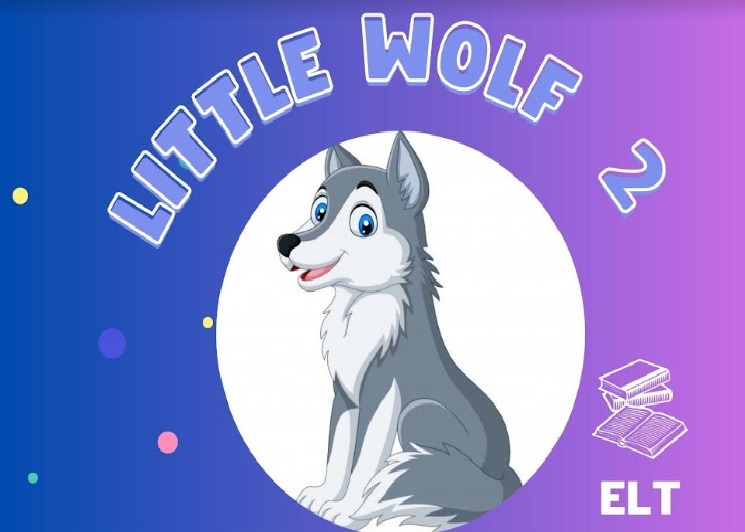
Little wolf 2
Editorial:Durán Moreno, Jacqueline Adaly
Materia:Lenguas (Comunicación) en la escuela primaria Libros de texto
Clasificación:Lexicografía
Público objetivo:Infantil / Juvenil
Publicado:2023-08-31
Número de edición:1
Número de páginas:120
Tamaño:21x34cm.
Precio:$17
Encuadernación:Tapa blanda o rústica
Soporte:Impreso
Idioma:Inglés
Libros relacionados
Little english explorers 6 - Bushell, Alice
Comunicación y literatura 6 - Martínez de Martínez, María José; Velásquez de Alger, Sabina
Comunicación y literatura 6 - Martínez de Martínez, María José; Velásquez de Alger, Sabina
Comunicación - Molina Galdámez, Karen Merary; Baires Quezada, Flor Elisa
Reseña
Serie Little Wolf 1-2-3
Little Wolf 1-2-3 es una serie de libros de inglés que están diseñados para que los estudiantes adquieran vocabulario, frases y estructuras gramaticales de manera práctica y sencilla. Cada libro está dividido en 4 lecciones en las cuales se desarrolla el método ESA. La E de Engage que es donde se presenta el contendido y se motiva a el estudiante a adquirir el lenguaje. La S de Study que es donde el maestro trabaja con el estudiante para guiar el proceso de enseñanza aprendizaje y la Active que es donde el estudiante tiene la oportunidad de demostrar el aprendizaje obtenido durante la lección. Además, cada unidad trae los números, una figura geométrica y un color. Este libro fue elaborado pensando en facilitar el proceso de enseñanza-aprendizaje del idioma inglés.
ESA is a common methodology that teachers use when teaching students another language. By
using the layout of the ESA method to plan your lessons, they will be more structured, organized and effective. ESA stands for engage, study, and activate. By using ESA, it gives teacher's the flexibility to conduct a classroom in an organized and productive way. ESA is extremely important when it comes to teaching, because it keeps the students interested, motivated, and eager to learn more. That is why all teachers, especially new ones, should learn the ESA method when teaching students a new language. The first phase that teachers should always start the lesson with is the engage phase. In the engage phase, the teacher simply gets the students ready to participate in the lesson. Engaging the students can include showing pictures, realia, contrasts, discoveries, discussions with the whole class, miming and acting, prompting the students to answer, and using questions to get
the students thinking and speaking in English. After the teacher has engaged the students, they then move on to the study phase. The study
phase can consist of many activities, such as studying from texts and dialogues, example sentences, crosswords, gap-fill exercises, word searches, matching games, and drilling. The purpose of the study phase is for the teacher to actually teach the students new words or
topics and show them the correct way of using them. Lastly, the teacher will conclude with the activating stage. The activate phase may include
discussions that are for the whole class, small groups, or even pairs, role-play, story building, tasks such as posters or advertisements, simulations, and debates. The activating stage is where students put to work the things they learned in the study phase. By activating the students, it will help the teacher to know how well they have understood the material that was discussed in the class.



